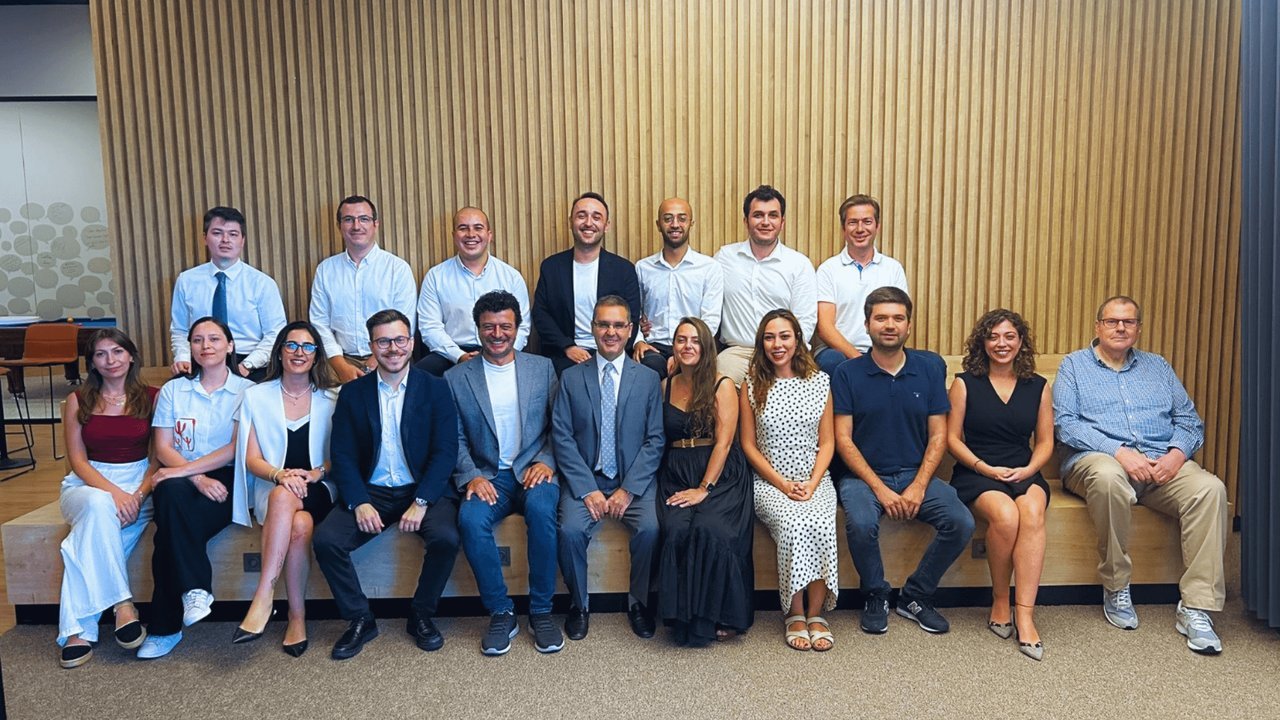NASA is conducting unusual experiments at Las Cruces, New Mexico. At this remote location, the agency is studying how various spacecraft designs will interact with ultra-small rocks floating in space.
Also See: Elon Musk Faces Federal Investigation
NASA Tests Rock Pieces
As NASA prepares for more missions beyond our planet, many things can go wrong. From rocket failures to leaky airlocks. But it's the small chunks of space rock that pose an equal or greater threat.
But for NASA, these rocks are a major potential source of failure for spacecraft, as is the upcoming Mars sample return mission. These dust particles are known to scientists as micrometeoroids. At a remote facility in New Mexico, NASA is testing new ways to protect the spacecraft carrying Martian surface samples.
"NASA White Sands is a remote test facility that the agency uses for the most dangerous tests needed to support NASA missions," said Marcus Sandy, manager of the White Sands test facility in New Mexico.
The Hypervelocity Remote Testing Lab is located in White Sands and is equipped with a 69-metre cannon. The gun is powered by compressed hydrogen and can vacuum small pellets at speeds up to 6.7 m/s. That's a speed you can get from New York to San Francisco in about five minutes. According to NASA, engineers spent three days setting up a one-second experiment aimed at simulating what would happen if a NASA spacecraft hits a micrometeoroid during a flight to or from Mars.
"The goal of the mission is to see how well these materials withstand these effects to make sure we don't compromise our sample storage," said Russ Stein, product design leader for NASA's Mars Sample Return mission.
The pellets fired from the cannon move at incredibly high speeds, while the micrometeoroids that saturate the space are moving at about 80 km/h, or about six times faster. Finding out what designs and materials are most suitable for preserving precious specimens of Mars is critical to study and perhaps even travel to the Red Planet.





No comments yet for this news, be the first one!...